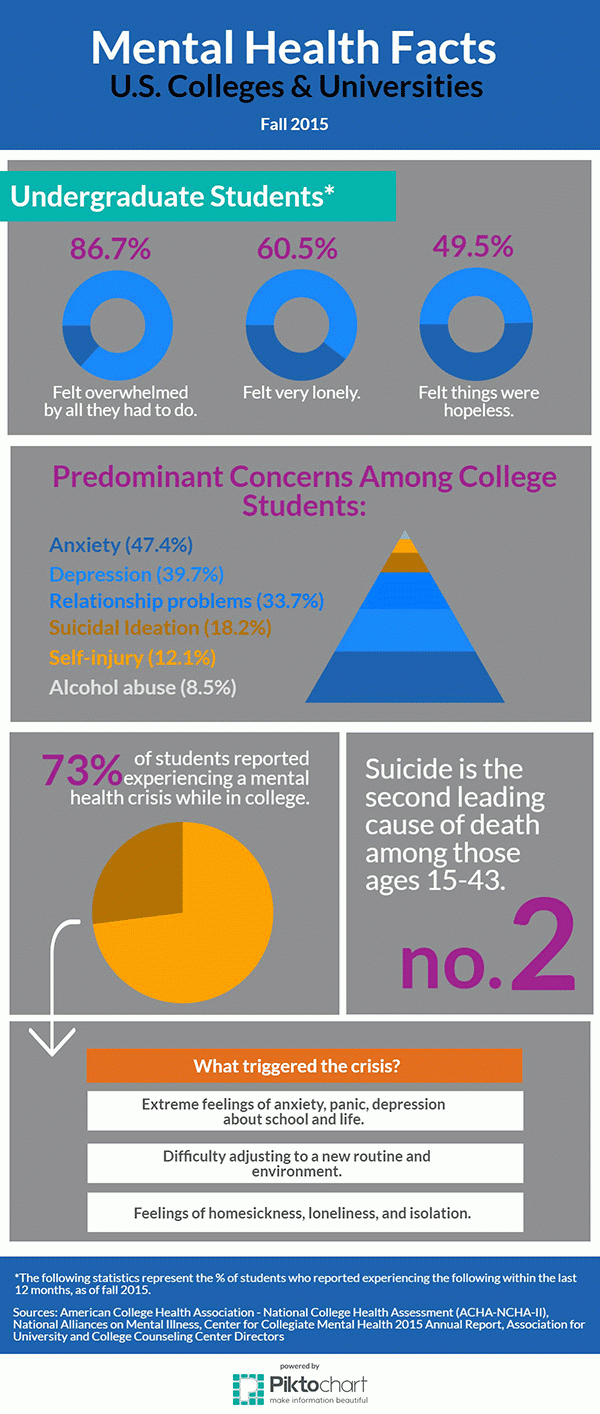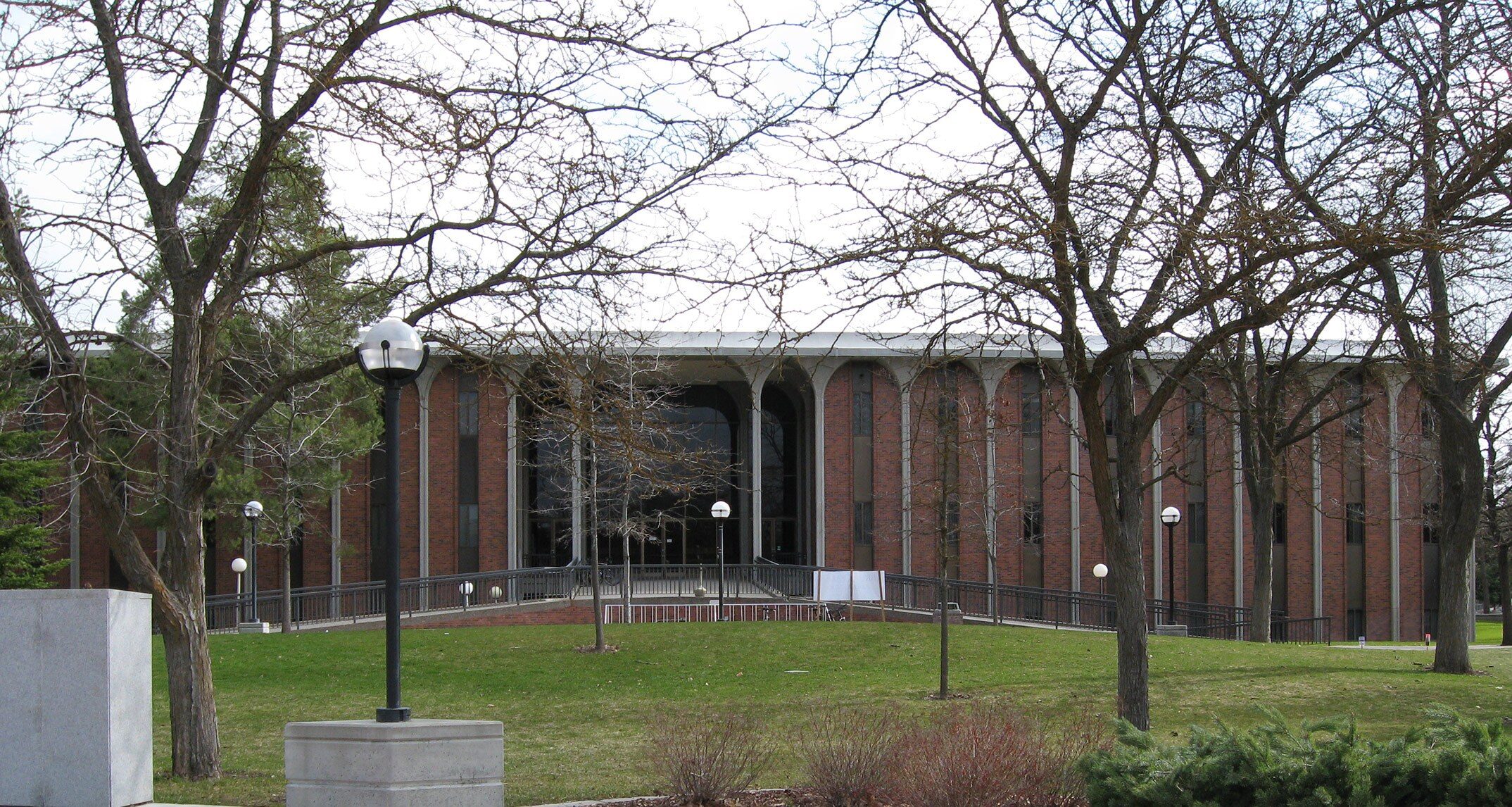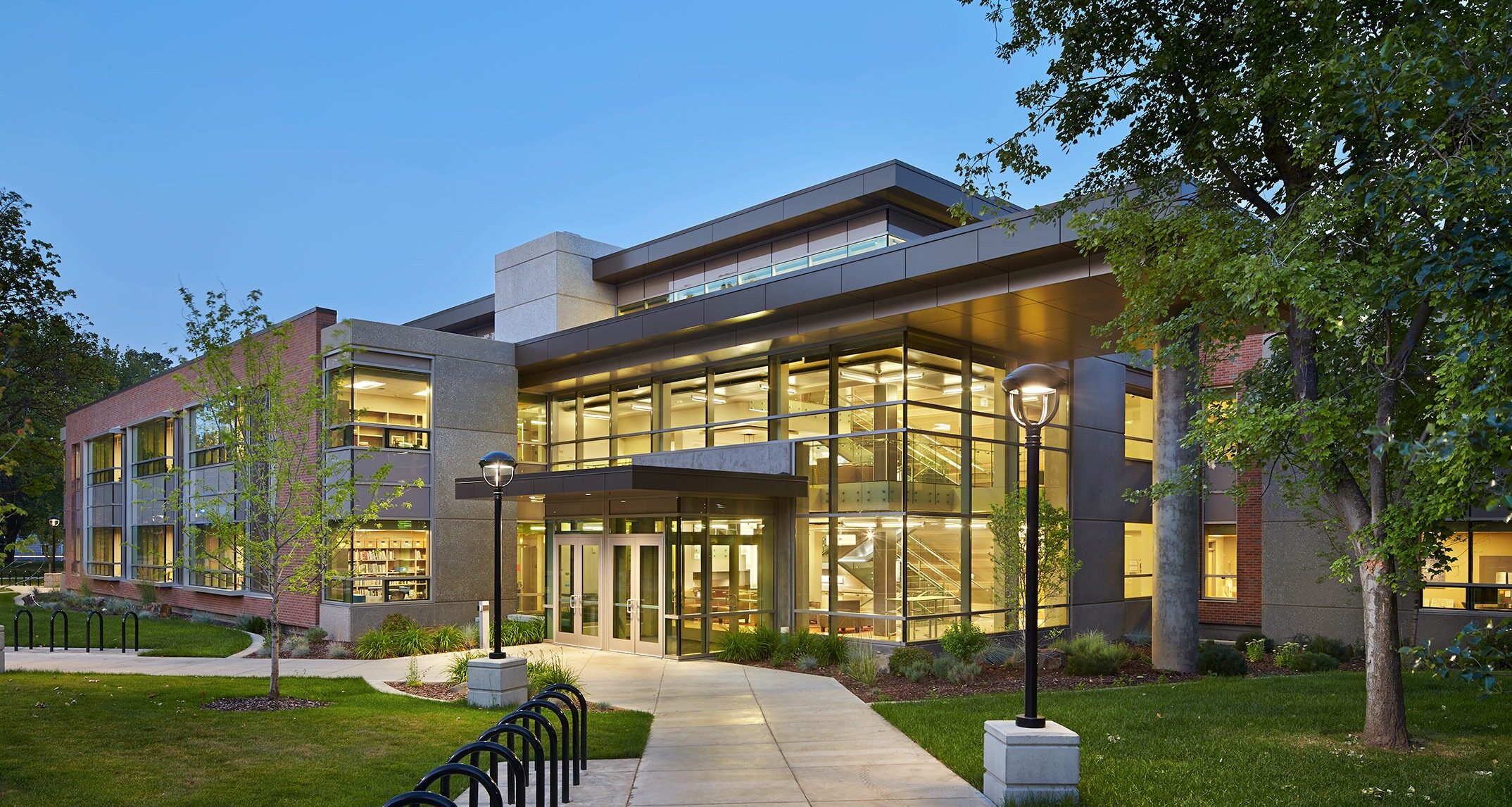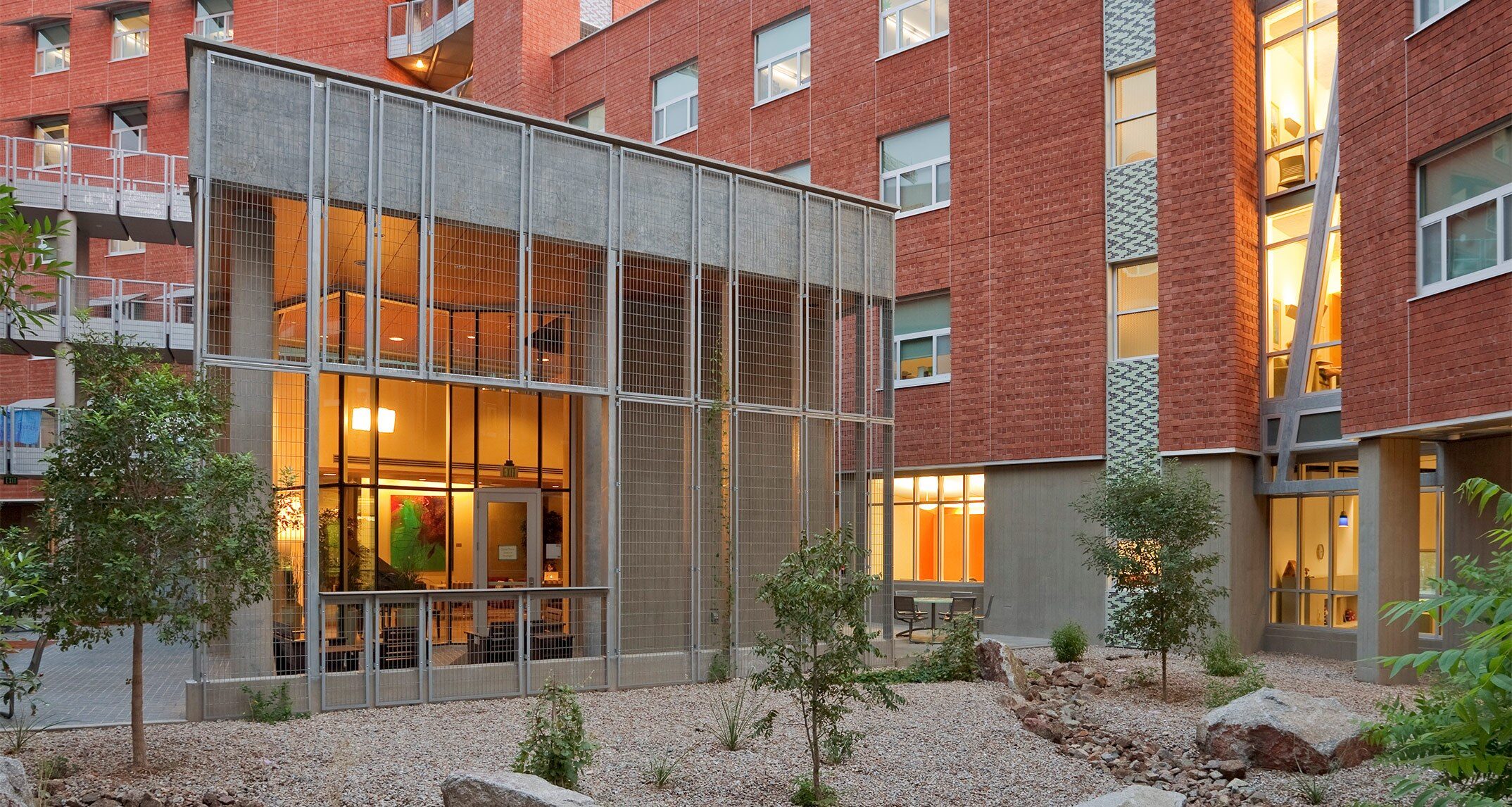Finding Beauty: Brutalist Architecture on Campus

It’s the kind of building that we all love to hate.

Just what do you do with that monolithic concrete building on campus that is just too over-sized and inflexible to adapt to present day requirements of openness and transparency? That hogs energy and water, is too dimly lit without enough natural daylight, and no longer meets current health and life safety codes? The one that looks generally uninviting to most students, faculty, staff, and community members…but, oh yes—that also won an AIA design award back in 1969?
Hardly a campus around the country is lacking in at least one or two examples of buildings from this architectural movement fittingly referred to as “Brutalism.” Built mainly between 1950 and the mid-1970s, these buildings coincided with the passage of the GI Bill and the post-World War II baby boom that created an explosion in college attendance. With concrete as the main construction material, these buildings were also inexpensive and relatively easy to build. Just ask anyone on campus, they are not that difficult to point out—they “make a statement” but still look, well…brutal.
So, should these buildings be torn down? Or can they be saved, restored, and celebrated as mid-century historic treasures? Most importantly, how do they affect students’ well-being?
How Brutalist Architecture Impacts Students
Some of us might fondly remember walking through campus and passing by (or occupying) one of these Brutalist buildings. It cannot be denied—some of them were true masterworks where concrete was made to defy its own heavy, grounded nature and soar heroically into the sky, accented along the way with apertures of glass and light and moments that delicately return to earth to touch the human scale. The Yale School of Art and Architecture designed by Paul Rudolph is a striking example.
But most of them are not so successful—and some are downright depressing.
According to the 2014 CIRP Freshman Survey*, mental health and incoming students’ declining emotional well-being is a fast growing concern among higher education administrators and educators. Students’ self-reported emotional health dropped to 50.7—the lowest level ever recorded on the scale. Additionally, the proportion of students who frequently felt depressed increased to 9.5 percent. Students who reported feeling depressed more frequently also reported behaviors reflecting disengagement, which we know affects student success.
Additionally, extensive documentation and research continues to show us that the built environment both directly and indirectly affects students’ mental health. For example, things like views of the natural environment and access to daylighting improve cognitive functions and decrease depressive symptoms.
These somber statistics beg the question: Why is a percentage of the student population that might be emotionally at-risk spending such a prominent amount of their academic life in facilities that many might deem to be “oppressive?”
At NAC, we see an opportunity to bring a new architectural dialog to these outdated spaces and make positive gains for students’ well-being. We share a couple of examples below. One looks at the renovation of an existing Brutalist building to open up and adapt its presence on campus. The second project responds to surrounding brutalist-era campus context with a nod to the past and a “biophilic,” sustainable look to the future.
Case 1. Thinking Outside of the Box…Literally
Sometimes the best way to reinvent these cold, outdated buildings is by giving them a thoughtfully designed facelift. By taking advantage of the strong, reliable interior frame of a Brutalist structure to support updated programming needs, the majority of the design effort (and dollars) can be spent revitalizing the exterior of the building to create a contemporary, inviting campus presence.

Before renovation: Patterson Hall, Eastern Washington University , Cheney - NAC
NAC did just that on a recent renovation of a large, Brutalist-era academic facility on a prominent university campus in Washington State. Rather than embarking on a major renovation that would require significant time and money, our team took an outside-the-box approach—literally—to upgrading the facility. The existing floor areas of the building were preserved and original programming was reconfigured to meet current demands. Meanwhile, new space was designed to wrap around the exterior of the original structure to support the collaborative learning style of the modern student. Original entry points to the building were relocated to increase accessibility and enhance campus circulation.

After renovation: Patterson Hall, Eastern Washington University , Cheney - NAC
The result was a complete transformation of a building, now a campus hub, as well as a true metamorphosis in the university’s students and how they choose to engage with their school.
Case 2. If You Can’t Beat It, Integrate with It
As college and university campuses continue to expand and evolve, we are often faced with the challenge of designing facilities with a contemporary aesthetic that must integrate with a collection of Brutalist-era structures. So if you can’t reinvent these uninviting, stoic campus icons, how can you create something that complements and celebrates them?
Using the extensive research that connects nature to mental health, biophilic design is another way that universities can update a Brutalist-infused campus while helping to combat students’ declining emotional and mental health. With their rugged, exposed concrete composition, Brutalist buildings can easily serve to alienate us from the natural environment. Biophilic design links our inherent need to connect with the natural environment to the modern built environment. Bringing nature inside and around built spaces is proven to reduce stress, enhance creativity and advance learning, and improve overall well-being.
We are taking this approach right now for a new student housing project at a local college, where the existing campus context is part of this Brutalist-era precedent. The Living Building Challenge—a high-performance building certification that advocates for sustainable goals beyond LEED of net positive energy and water use, nontoxic materials, and biophilic relationship with the surrounding ecosystem—has been an inspiration for us throughout the design process.
In this context, how can biophilic design be best leveraged to engage and inspire students? Although escalating construction costs can constrain budgets, biophilic strategies such as rainwater harvesting, rain gardens, and campus-level stormwater management still make a lot of sense. For example, we can reinforce this interconnected relationship with water by bringing the outside back inside at public, ground-level spaces with large openings that connect to exterior plazas with plantings and gardens.

Likins Hall, University of Arizona, Tucson - NAC
If done well, this human-scaled, interconnected biophilic strategy can integrate better with larger adjacent buildings while adding a nice complement to the surrounding Brutalist-era style. We assert that this biophilic strategy can result in a higher and better percentage of outcomes socially, academically, and aesthetically for the college and its students.
A New Generation
Brutalist buildings have an important story to tell us, and one that we would be wise to remember. As a new generation of students comes to inhabit these Brutalist spaces on campus, we are opening them up and softening their edges. Like the grandchild that brings joy to the eyes of their grandparents, these old Brutalist buildings are acting young all over again. They are learning how to use digital technology and social media (it’s not just for the kids anymore!). They are eating better, exercising more, and getting healthier. They are staying active as they watch over their youthful companions, and doing so keeps them nimble, quick, and flexible.
And, while they might drive us crazy—we might even love to hate them sometimes—we are here to see them through it.
*The CIRP Freshman Survey is the largest and longest-running survey of American college students. The 2014 study incorporated responses from 153,015 first time, full-time students beginning their studies at 227 four-year colleges and universities.
